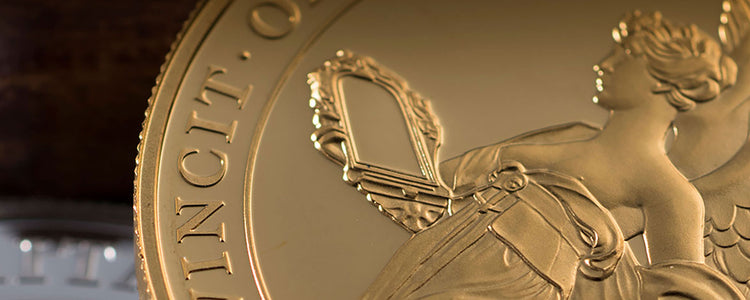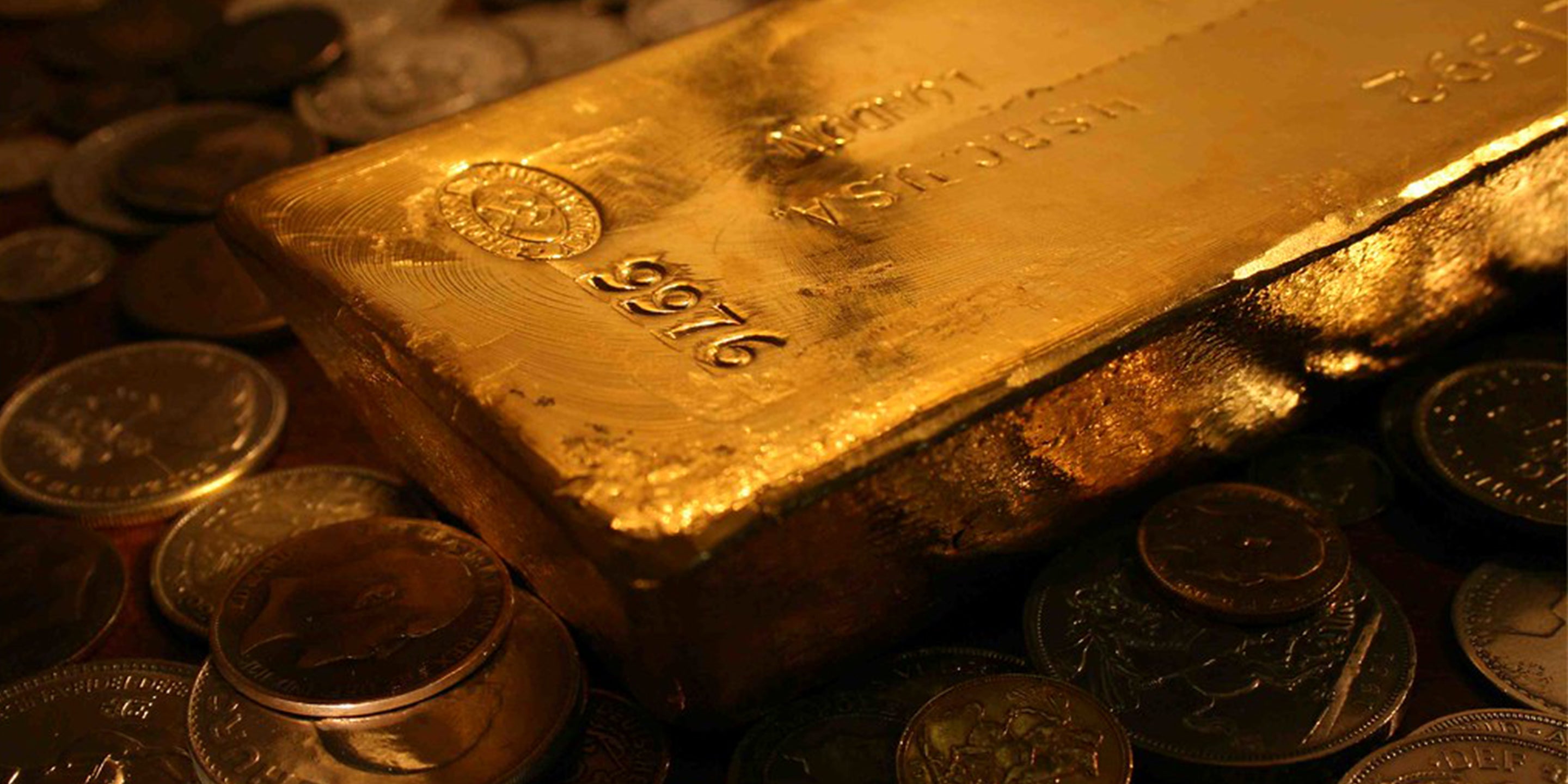Bullion coins have a long and rich history that spans thousands of years. These precious metal coins have been used as a store of value, a medium of exchange, and a symbol of wealth and power.
The earliest known bullion coins were minted in the Kingdom of Lydia, which was located in what is now modern-day Turkey, in the 7th century BCE. These coins were made of electrum, a natural alloy of gold and silver, and featured the image of a lion. Over the next few centuries, similar coins were produced by other civilizations in the Mediterranean and Near East, including the Greeks and Persians.
Bullion coins continued to be minted during the Roman Empire, with the most famous being the aureus and the denarius. These coins were made of gold and silver, respectively, and were widely used throughout the empire.
After the fall of the Roman Empire, bullion coins fell out of use for several centuries. However, they made a resurgence in the Middle Ages with the advent of the Venetian ducat and the florin, which were minted by the city-state of Venice. These coins became popular throughout Europe and were used for trade, as well as for investment.
In the modern era, bullion coins have been minted by many countries, including the United States, Britain, Canada, and South Africa.
Today, bullion coins are still widely used for investment purposes, as well as for their beauty and historical significance. Whether you are a collector or an investor, bullion coins are a fascinating and valuable part of our history and continue to play an important role in the global economy.




 Ceylon / Sri Lanka
Ceylon / Sri Lanka Assam, India
Assam, India Japan
Japan Taiwan
Taiwan Nepal
Nepal China
China Kenya
Kenya Egypt
Egypt South Africa
South Africa


